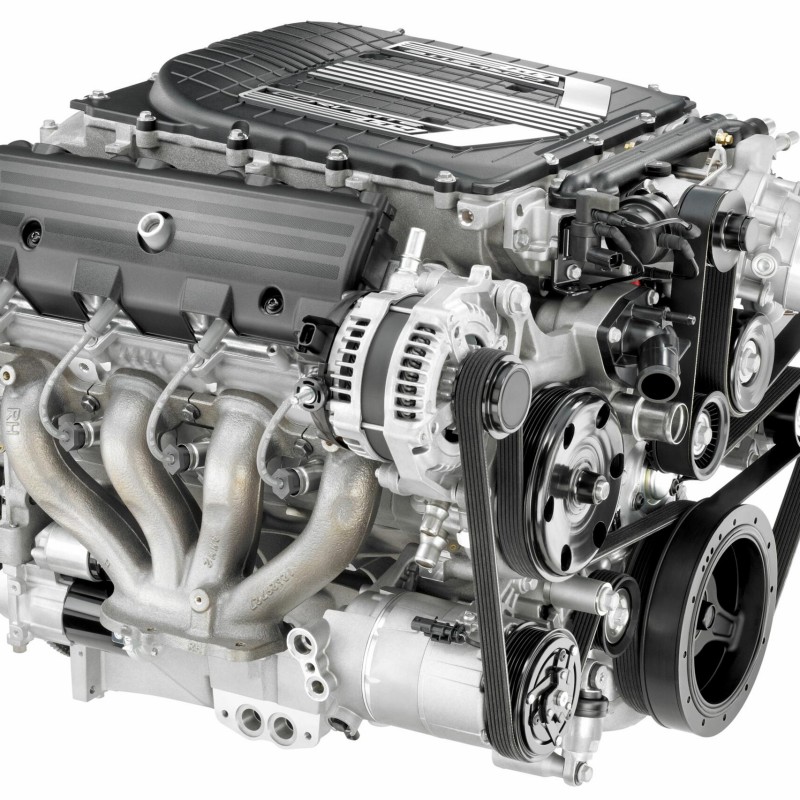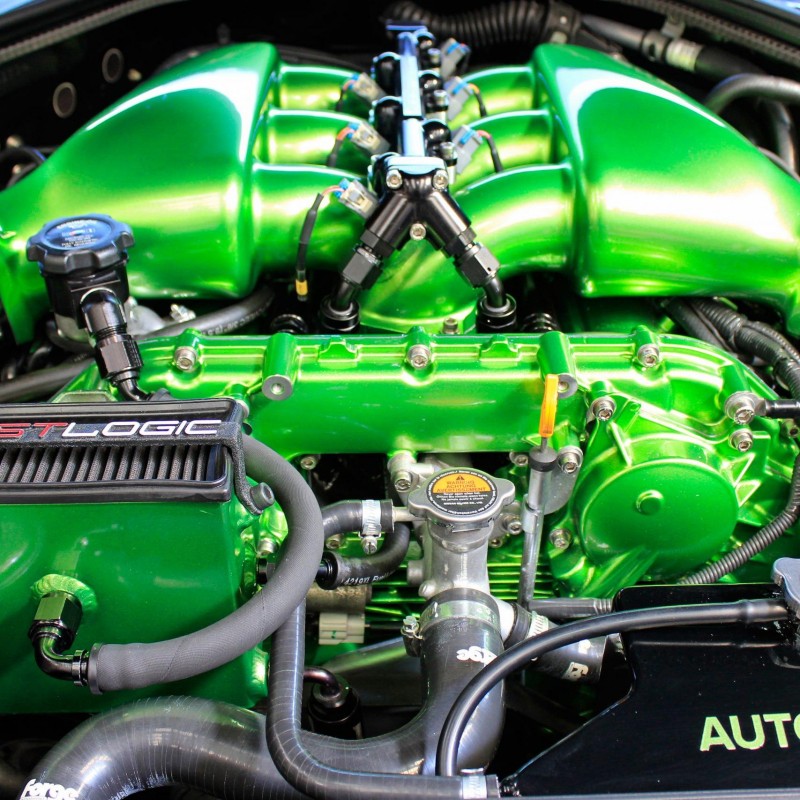A locked-up engine due to a lack of oil can be a heartbreaking situation for any vehicle owner. Engine oil serves as a lifeline, providing necessary lubrication for moving parts. When oil levels run low or run out completely, friction and heat build up, which can ultimately lead to a seized engine. This unfortunate occurrence not only halts your vehicle but can also create significant repair costs. Fortunately, there are steps you can take to potentially revive a locked-up engine from no oil. This article will guide you through understanding how engines fail due to oil deprivation, diagnosing the problem with your engine, and the various methods to restore functionality. Whether you’re a seasoned mechanic or a novice handy person, this detailed exploration will equip you with the knowledge needed to navigate this challenging repair.
Understanding Engine Lock-Up
To effectively fix a locked-up engine from no oil, you must first grasp how engines operate and why they seize.
The Role of Oil in an Engine
Oil is crucial for keeping engine parts lubricated, reducing friction between components, and maintaining overall engine health. It carries heat away from critical areas, helps clean the engine internals, and provides a seal between moving components. When an engine runs low or runs out of oil, it can create serious problems.
What Happens When an Engine Runs Out of Oil?
When an engine runs completely dry of oil, the metal components grinds against one another due to a lack of lubrication. This friction generates excessive heat, causing damage to bearings, pistons, and cylinder walls. In severe cases, the engine can seize completely, resulting in a locked-up engine.
Understanding this process is vital as it highlights the immediate need for diagnosis and repair action once you notice symptoms of oil starvation.
Symptoms of a Locked-Up Engine
Recognizing the symptoms of a locked-up engine is the first step in addressing the issue effectively.
Signs to Look For
If your engine has locked up from no oil, you may observe a few Signs:
- Strange Noises: Often before a complete lock-up, you may hear knocking or grinding noises, which point to less-than-optimal engine function.
- Warning Lights: The oil pressure warning light or engine check light on your dashboard may illuminate.
- Difficulty Starting: You might find it challenging to turn the ignition, or the engine may not crank at all.
- Smoke or Burning Smells: Excessive heat from friction may result in smoke or burning odors indicating that something is wrong.
- Overheating: If your temperature gauge frequently rises to unsafe levels, it may indicate a lack of oil.
If you notice any combination of these symptoms, take immediate steps to diagnose the problem.
Diagnosing the Locked-Up Engine
Once you suspect that your engine has locked up due to a lack of oil, it’s vital to confirm the diagnosis accurately.
Initial Observations
First, check the oil level in the engine. Use the dipstick to ascertain whether there is enough oil present. If the dipstick reveals an empty or low reading, that’s a strong indication of low oil or an oil leak.
- Inspect for Leaks: Look under your vehicle for any oil spots or puddles. This may help explain low oil levels.
- Physical Inspection: Inspect the engine bay for any visible issues, such as broken hoses or wiring, that could affect the oil system.
Cranking the Engine
Attempt to crank the engine. If it makes a grinding sound or shows symptoms of extreme difficulty, these signs reinforce the suspicion of a locked-up engine. Avoid forcing the engine too much; excessive cranking can worsen internal damage.
Using a Socket Wrench
To further diagnose, you can use a socket wrench on the crankshaft pulley bolt. Attempt to turn the crankshaft by hand. If the engine is genuinely locked up, you will feel resistance, and it won’t rotate. If it turns slightly, it could mean the engine is just stiff from having no oil, giving hope for recovery.
Steps to Fix a Locked-Up Engine from No Oil
If you confirm that your engine has locked up from no oil, several methods can potentially restore its functionality.
Step 1: Assess the Damage
Before diving into repairs, it’s essential to gauge the extent of damage incurred. This assessment involves:
- Taking off the valve cover to inspect for any visible damage.
- Looking for signs of metal shavings, scoring, or excessive wear on the camshaft and lifters.
- Inspecting the oil pump for functionality.
Step 2: Add Oil
Even if the engine appears locked, it’s crucial to add oil to your engine. Use the recommended oil type and pour it into the dipstick tube or oil fill port. Allow it some time to settle and lubricate the internals.
Step 3: Let It Sit
After adding oil, let the engine sit for at least 24 hours. This wait allows the oil to penetrate the components, potentially freeing up any stuck parts. During this time, you can also prepare for further repairs.
Step 4: Use a Penetrating Oil
If the engine remains locked after the waiting period, consider using a penetrating oil. Apply a generous amount of penetrating oil down the spark plug holes or directly into the cylinders. Allow it to sit for another 24 hours.
This oil can help dissolve any carbon buildup or rust that may have caused the engine to seize.
Step 5: Attempt to Crank the Engine Again
After ensuring sufficient penetration from the oil, attempt to crank the engine once more via the socket wrench method. Do this carefully, avoiding unnecessary force. If the crankshaft moves, this is a positive sign; however, proceed cautiously.
Step 6: Remove Spark Plugs
If you cannot turn the crankshaft by hand, remove the spark plugs and give the penetrating oil additional time to work. Without the compression from the cylinders, the chance of rotating the engine increases significantly.
Step 7: Utilize a Piston Tool
If the engine still refuses to turn, you might need a piston tool. This specialized tool drives the pistons down forcibly, helping to release any stuck components.
Step 8: Assess and Rebuild
If your engine manages to turn over after these steps, congratulations! However, even if it starts running, inspect the engine carefully. You must replace damaged bearings, oil pumps, or other worn-out components.
Perform a complete oil change, and keep an eye on any unusual noises or warning lights as you resume driving.
Preventing Future Lock-Ups
Once you have successfully dealt with a locked-up engine, it’s crucial to take measures to prevent similar occurrences in the future.
Regular Oil Changes
Perform oil changes according to the recommended intervals. Consistent oil changes help maintain proper lubrication while reducing contaminants in the oil that can cause wear.
Monitor Oil Levels
Frequent checks of oil levels can alert you to any potential leaks or dips in oil capacity before they become critical issues. Ideally, check your oil levels every few weeks or before long trips.
Address Leaks Promptly
If you discover any oil leaks, address them swiftly. Ignoring leaks will lead to more extensive damage and could cause your engine to run dry unexpectedly.
Build Good Habits
Develop practices such as:
- Keeping your engine clean and free from debris.
- Avoiding excessive revving of the engine when idle.
- Following the recommended service schedule for your vehicle.

Conclusion
Fixing a locked-up engine from no oil is both a challenging and educational experience. By understanding how engines work and following the proper steps, you can potentially revive an engine that seems lost. From initial diagnosis to implementing effective repair strategies, each step is crucial in resolving the issue. Remember always that prevention is the best strategy. Regularly maintaining your engine, monitoring oil levels, and addressing issues before they escalate will save you time, effort, and money in the long run. Should you find yourself in this predicament, apply the steps outlined and remain hopeful. With patience and diligence, you may be able to bring your vehicle back to life how to fix a locked up engine from no oil.
Tags: automotive repair, engine maintenance, how to fix a locked up engine from no oil, Vehicle Care